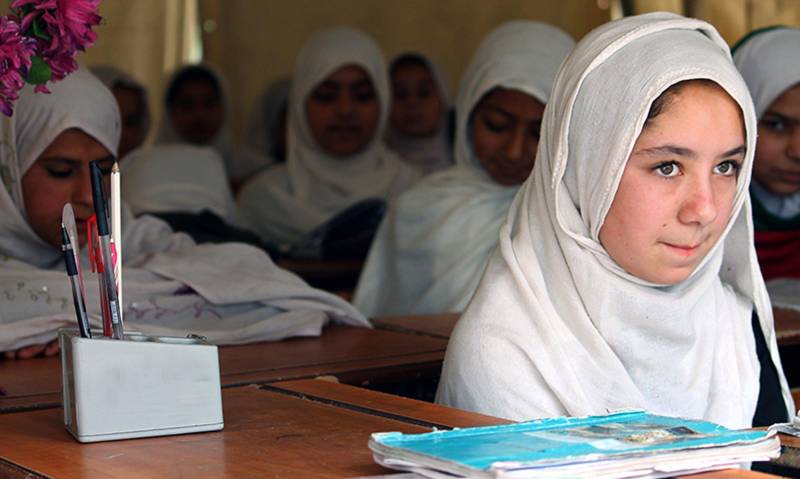ISLAMABAD - Fata and Balochistan are the most backward regions of Pakistan in terms of imparting higher education to their people as only zero and 16 percent of their areas are covered by the higher educational institutions respectively.
Out of seven districts/agencies of the Federally Administered Tribal Areas (Fata) none has any institution imparting higher education, while out of 32 districts/ agencies in Balochistan, only five districts have institutions providing higher education, an official document, available with The Nation, revealed yesterday.
The federal capital has the highest higher education coverage which is 100 percent, followed by Punjab and AJK with 80 percent. In Khyber Pakhtunkhwa, the higher education coverage is around 76 percent whereas in Sindh, the higher education coverage is 57 percent and Gilgit-Baltistan is 22 percent covered by the higher educational Institutions.
According to details, out of 36 districts of Punjab, 29 districts are covered by universities/sub-campuses, in AJK 8 out of 10 districts are with universities/sub campuses; in KP 19 out of 25 districts have universities/sub-campuses, in Sindh 13 out of 23 districts/agencies are covered by higher educational institutions, in Gilgit Baltistan two out of 9 districts/agencies have universities/sub-campuses. Islamabad Capital Territory is the only district which is 100 percent covered by the higher education.
However, the government has planned that every district of Pakistan will have one university or the sub-campus by 2023. The project consists of two phases, phase-I from 2016-2019 and the phase-II from 2019-2023. PC-I, of Phase-1, for the establishment of sub campuses of public sector universities at district level has already been approved by the CDWP. The total cost of the first phase is Rs 4,587.740 million and will be completed in 2019.
The Higher Education Commission completed the mapping of coverage of existing universities/sub-campuses of public and private institutes across the country.
As a result of mapping by HEC, it has been identified that 77 out of total 143 districts/agencies are covered by higher education while 66 districts have presently no university or a sub-campus of a university in private/ public sectors.
According to PC-I of the project, the HEC intends to provide higher education access in almost every district headquarters of the country either by establishing a sub-campus of the existing university or by upgradation of the existing sub-campuses to full-fledged universities in consultation and collaboration with the respective universities and the provincial governments.
In this regard, HEC has prepared a roadmap for phase-wise establishment of these institutions in districts which are without a sub-campus and a university. HEC will provide funding for the infrastructure/faculty development and other allied facilities whereas respective provincial governments shall be required to extend necessary support in terms of providing building to start academic activities and thereafter free of cost land for establishing university/sub-campus.
According to Phase-I of the umbrella project, the HEC proposes to establish 31 sub-campuses including 15 campuses of Virtual University of Pakistan and 16 sub-campuses of public sector universities in different districts, which include 9 in Balochistan, 8 in Sindh, five in KP, four in Punjab, three in GB, one each in AJK and Fata. In Phase-II, 18 universities/sub-campuses will be established in Balochistan, six in Fata, four in GB, three in Punjab, two in Sindh and one each in KP and AJK.
Average unit cost for establishment of a Virtual University campus is Rs36.710 million while, average unit cost for establishment of university campus is Rs. 94.351 million. Sub campuses will offer only 16 years education facilities including 4 years undergraduate and 2 year masters (after 14 years of education). Initially the sub campuses will offer programs in 3-4 disciplines (with less lab extensive programs).
The classes shall be commenced initially in the rented buildings or buildings provided by the provincial governments for the purpose. Initially, classes will be offered at undergraduate level in 2-3 core areas. Cost of faculty for a period of 3 years will be provided under the project.
In Pakistan enrolment in higher education is only 6-7 per cent which is the lowest in the region. The project will help raise enrolment in higher education of the 17-23 year age group from about 7-10 per cent at present by the end of the plan period.






